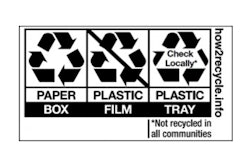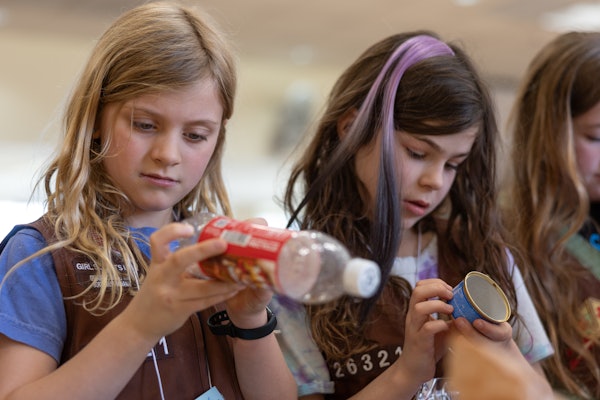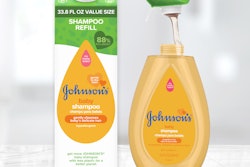
Today’s focus on energy sources based on renewable resources rather than on petroleum creates an opportunity for packaging. Because as the search for alternatives to fossil fuels heats up, that search is bound to shine a light on ways in which we might produce commodity plastics that are bio based.
It’s not surprising that attempts to “grow” our fuel have proven challenging in terms of cost, scale, and environmental impact. Whether those attempts prove successful or not, it is becoming increasingly clear that the processes involved offer opportunities to produce something that is not fuel-related: precursor molecules that can be transformed into products with tremendous value. Bioplastics is one example, something of particular interest to the packaging industry.
Currently, there are two major paths of research and development in the area of bioplastics. The first path seeks to develop entirely new biopolymers. Polylactic Acid (PLA) and polyhydroxyalkanoates (PHAs) are examples of biopolymers that have been developed by following this path. These polymers are biologically sourced and offer the promise of biodegradability under suitable conditions. While promising, these bio-based materials suffer from a variety of commercial realities including (1) reluctance of packaging producers to be locked into limited sources of supply; (2) limited volumes of production; (3) sometimes questionable performance of the materials, particularly in extreme conditions; (4) incompatibility with existing infrastructure; and (5) lack of post-use biodegradation infrastructure, resulting in biopolymer being sent to landfills.
The second research and development path in bioplastics seeks to produce existing commodity plastics such as PET and HDPE by using biologically sourced precursors instead of petroleum derivatives. Such products permit companies to claim that materials are derived from sustainable and carbon neutral sources. Additionally, the resulting polymers are identical in every way to their fossil fuel cousins, so existing polymer processing equipment and recycling infrastructure may be used.
As the US Department of Energy throws money at biofuels research, it behooves the packaging industry to better understand the implications of this work and, where possible, to help leverage research to the benefit of the packaging industry. Here in our laboratory, for example, we are exploring the use of marine diatoms, a type of algae, as a feedstock for biodiesel. But we don’t focus exclusively on biofuels. We know that the real prize comes from maximizing the value and production of biologically derived molecular precursors for the development of a variety of value-added materials, including packaging materials as well as biofuels.
The packaging community should recognize that a good place to look for funding is the place where alternative energy sources are being explored. Remember, the family of bio-based molecular precursors that are viewed as possible alternatives to fossil fuels may also be a source for bio-based commodity plastics.
Bruce Welt ([email protected]) is associate professor and coordinator of the Packaging Science Program at the University of Florida; Shelton Wright is a graduate student in Florida’s Packaging Science Program.























